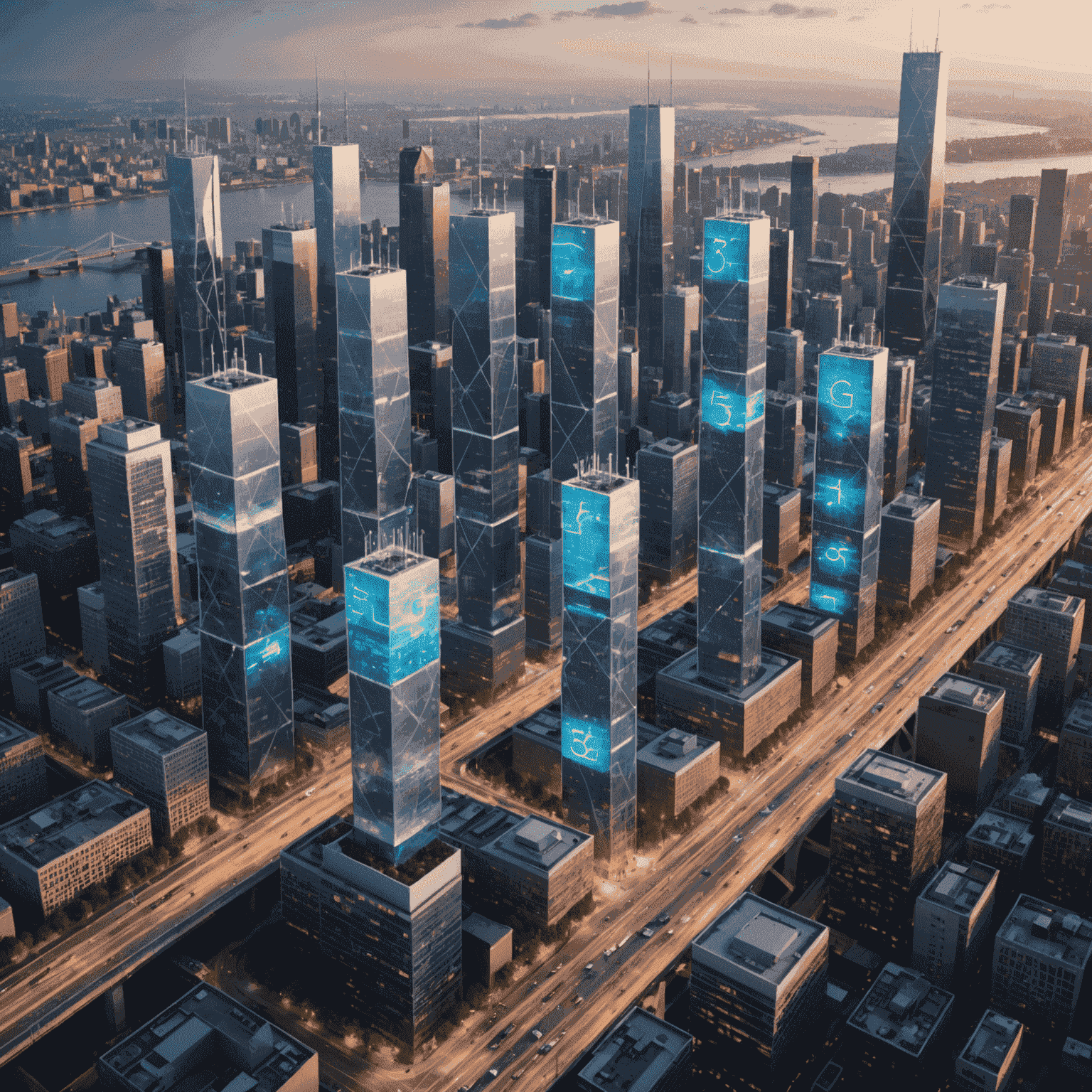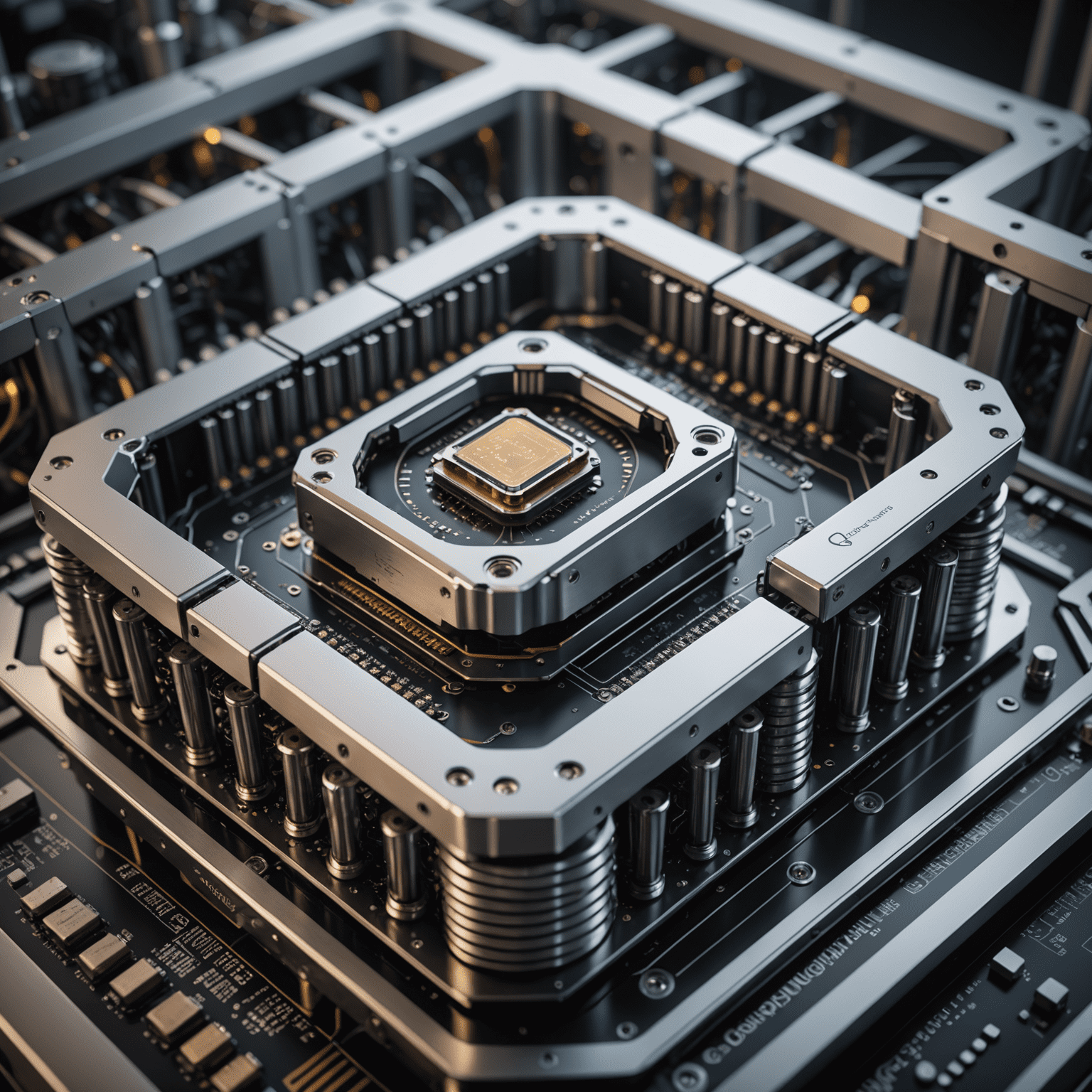Technology Trends Shaping Superbridge
Explore the cutting-edge advancements and innovations that are revolutionizing the world of technology and their profound impact on superbridge.

Artificial Intelligence and Machine Learning
The rapid evolution of AI and machine learning algorithms is transforming the landscape of superbridge technology. These intelligent systems are enhancing decision-making processes, optimizing resource allocation, and predicting potential issues before they arise. Superbridge implementations are becoming smarter, more efficient, and increasingly autonomous.
Blockchain and Distributed Ledger Technology
Blockchain technology is revolutionizing the way we approach data security and transparency in superbridge systems. By utilizing decentralized ledgers, superbridge networks can ensure immutable record-keeping, enhance trust among participants, and streamline complex multi-party transactions.

Internet of Things (IoT) Integration
The proliferation of IoT devices is creating new opportunities for superbridge technology. By connecting countless sensors and smart devices, superbridge systems can gather real-time data, monitor performance metrics, and respond to changing conditions with unprecedented speed and accuracy.
5G and Advanced Connectivity
The rollout of 5G networks is set to supercharge superbridge capabilities. With ultra-low latency and high-bandwidth connections, superbridge systems can process and transmit vast amounts of data in real-time, enabling more responsive and reliable operations across diverse geographical locations.

Edge Computing
Edge computing is bringing processing power closer to the source of data generation, reducing latency and improving the efficiency of superbridge networks. This decentralized approach allows for faster decision-making and reduced strain on central systems, making superbridge technology more scalable and responsive.
Quantum Computing
While still in its early stages, quantum computing holds immense potential for superbridge technology. These powerful machines could solve complex optimization problems, enhance cryptographygraphy, and simulate intricate systems at a scale previously thought impossible, potentially revolutionizing how we design and operate superbridge networks.

Augmented and Virtual Reality
AR and VR technologies are opening new frontiers in superbridge visualization and interaction. These immersive technologies allow operators to "step inside" complex superbridge systems, offering intuitive ways to monitor, manage, and troubleshoot intricate networks and processes.
Conclusion
As these technological trends continue to evolve and intersect, they promise to unlock new possibilities for superbridge technology. The future of superbridge lies in the seamless integration of these innovations, creating more intelligent, efficient, and resilient systems that can adapt to the ever-changing demands of our interconnected world.